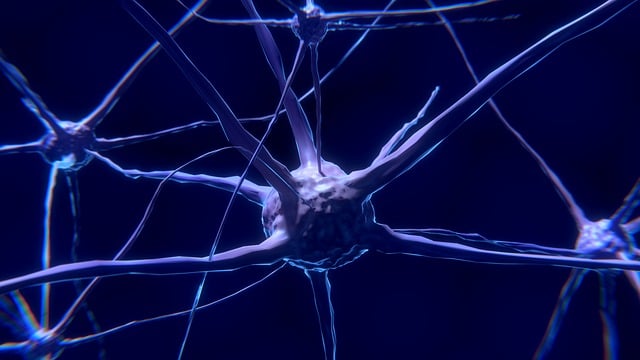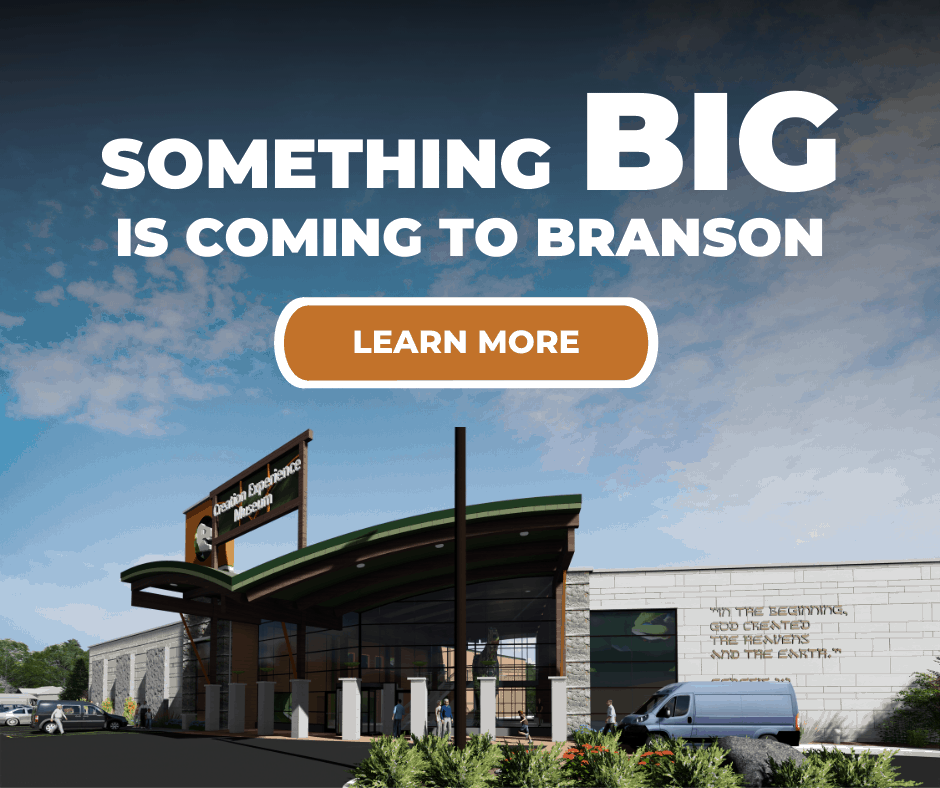
Did Life Begin in a Shallow Pond?
A recent CNN article promotes the idea that life on earth began through chemical reactions in a shallow body of water. Unfortunately for them, the shallow pond idea doesn’t hold water!

After completing creation, God gazed over the lush paradise of Eden. He watched Adam and Eve stroll through the fig trees, listened to the croaking call of the toucan, and proclaimed with deep satisfaction that His creation was very good.
As science unveils new discoveries every day, we see the unending beauty of the solar expanse and the unnerving complexity of our own genes. Research on the brain, in particular, has exploded over the last few decades. As we come to a deeper understanding of this marvelous organ, can we find support for God’s 6,000 year old claim? What patterns or reactions would you expect to find in a very good creation? Let’s observe our brains in daily action.
Already late for an important meeting at work, you hit the last three intersections on a red light. Ears reddening, hands perspiring, you slam your hand against your steering wheel. Inside your brain, your emotion control center lights up. Small and almond shaped, the amygdala signals to the hypothalamus, resting just above the amygdala. Your mind spins with short, spicy sentences. The hypothalamus floods the pituitary glands with corticotropin-releasing hormone (CRH). Your stomach tightens as your adrenal glands ooze stress hormones, and a headache forms in the back of your head.
Though your body is resilient enough to bounce back from this incident, harboring anger or bitterness preserves the flow of cortisol, adrenaline, and noradrenaline. Though you may improve in your 400 meter dash time, your mind is aching. In your prefrontal cortex, neurons are diminishing, causing less activity in that region. Less activity in the prefrontal cortex means poor judgment and impaired planning. Now you know why you decided to cut that person off in traffic yesterday.
Neurons are thinned in the hippocampus, too. Not only are they dying from too much cortisol, but the creation of new neurons has slowed to a trickle. You struggle to remember exactly why you got so upset on your way to work; your recall of the meeting afterward is fuzzy in some spots. New memory formation is crippled alongside neuron creation1.
As the day rolls forward, you snap at your dog, kick the trash can when it won’t open, and feel generally depressed. Your happy hormone– serotonin– has been crowded out by cortisol.
This is the destruction anger wrecks on our brains. Now lets compare that to addictive substances. It’s widely known that drugs “aren’t great”, but with the invention of brain scans, we can now literally see the damage caused. When taken, drugs – such as alcohol, meth, and cocaine – release a flood of dopamine, overwhelming the brain’s reward circuit. As the user experiences a bolt of extreme pleasure, the brain recognizes the dangerously high hormone levels. Seeking to preserve itself, the brain adapts by reducing the number of dopamine receptors and whisks away the dopamine more quickly by increasing neuron transporters.
Consequently, one must increase dosage to experience the same feelings. As the drug dose climbs higher, the brain’s receptors and response to natural rewards sinks lower2. The cardinal rule of the brain is that more frequented roads get bigger lanes, and less frequented roads get trimmed down or closed. As time goes on and the brain rewires itself, the choice to use drugs gives place to habit. And habit digs its heels in deep. Dose by dose, the drug user becomes a drug addict. The mind clouds, memories may vanish, and the risk of dementia shoots up. Unable to enjoy the dopamine levels that normal life provides, existence may disintegrate to little more than finding the next high3.
So far, what we’ve seen of the brain hasn’t been so good. Before we get too despondent about the harm bad choices and habits have on our brains, let’s further play the power of the brain to heal itself.
Still uneasy from your day of excess cortisol, you settle onto your couch and aimlessly thumb through your mail. As usual, junk mail dominates the stack.
Your mind wanders back to the silly trash can that refuses to open when the lever is pressed. Rather than dwell on that frustration trigger, you choose to be creative. Your fingers curl around a pizza advertisement. Paper bending, the pepperonis curve into a origami flower. Your fingers quickly roll up an internet ad, forming a stem.
Your headache eases as you fold a fast food restaurant ad into a bird. A smile sneaks onto your lips and you laugh as you struggle to form the bird’s head. Dopamine, serotonin, and oxytocin seep through your body, and your muscles relax. Art lowers cortisol, the stress hormone that makes you feel like running for your life or fighting for all you are worth against a threat.
This calming effect is prevalent whether your art is Picasso-level or discarded when finished. For those who have experienced trauma, art can help them process those emotions and move toward healing4. Many hospitals are using music in emergency rooms to lower the perception of pain. Parkinson’s suffers are finding great benefit in dance classes. After engaging in art-making projects, music, and writing, soldiers are finding relief from PTSD and brain injuries5.
Perhaps anger and addiction rule your life. God has created our brains so that our choices impact them and gradually set our course in one direction. This is the basic rule of neuroplasticity. We truly do choose who we become.
But even from the depths of addiction, one can choose to turn to God, love Him, and appreciate Who He is. Our God, whose goodness is reflected in the nature of our brain, has never once forsaken those who seek Him (Ps 9:10b). He can break the bonds of addiction–not just in theology, but in reality. He will heal the spirits and minds of sinners, leading them to choose goodness. This is the wonder of salvation. Gratitude, beauty, creativity, love, forgiveness – these are all healing to the brain: These all come from God. There has never been a brain doctor who surpasses the skill of God Almighty.

A recent CNN article promotes the idea that life on earth began through chemical reactions in a shallow body of water. Unfortunately for them, the shallow pond idea doesn’t hold water!

Our creative team is always seeking new ways to reach the world with CMOTO’s message that real science confirms the Bible… every time! And we’re excited to announce that our new Creation Matters podcast is now live!

“Exciting things are in store for Creation Ministries of the Ozarks this spring! First, we have more details on our Examine the Evidence Conference for pastors and ministry leaders.“
“As we gear up for our regular season, we will also be opening enrollment for the spring Internship Program and the Volunteer Training Program.“

It’s with great excitement that we share a long awaited press release from our president Curtis Baker about the digital sign on our future site!
